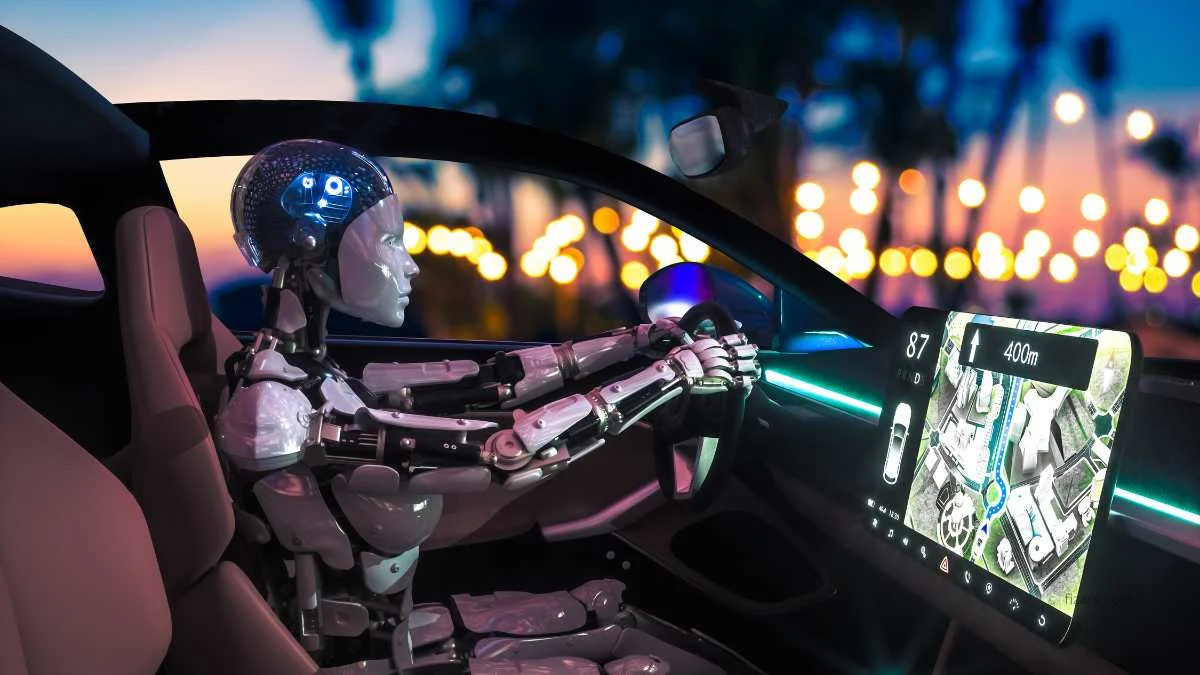With the rapid advancement of technology, artificial intelligence (AI) has emerged as a game-changer in various industries, including public transportation. By leveraging AI-powered solutions, transit agencies worldwide are transforming the way people commute, enhancing efficiency, safety, and the overall passenger experience.
Transforming Public Transportation with AI
Gone are the days of traditional transit systems plagued by inefficiencies and unpredictable schedules. AI is ushering in a new era by optimizing routes, predicting demand, and improving resource allocation, ultimately leading to smoother operations and reduced congestion.
AI for Route and Schedule Optimization
One of the primary benefits of AI in public transportation is its ability to optimize routes and schedules based on real-time data. By analyzing traffic patterns, weather conditions, and passenger demand, AI algorithms can dynamically adjust routes to minimize travel time and maximize efficiency.
Leveraging Data Annotations for Enhanced Decision Making
Data annotations play a crucial role in training AI algorithms for public transportation. By labeling vast amounts of transportation data, including images of vehicles and audio recordings from sensors, AI systems can learn to recognize patterns and make informed decisions in real-time.
Safety and Reliability of Public Transportation with AI
Safety is paramount in public transportation, and AI plays a crucial role in enhancing both the safety and reliability of transit systems. Through predictive maintenance and real-time monitoring, AI algorithms can identify potential issues before they escalate, ensuring the uninterrupted operation of vehicles and infrastructure.
Visualizing Insights through Image Annotations
Image annotations allow transit agencies to extract valuable insights from visual data captured by cameras installed in vehicles and stations. By annotating images of traffic conditions, passenger flow, and infrastructure, AI systems can analyze these visuals to improve safety and optimize operations.
Demand Forecasting and Resource Management
AI-powered demand forecasting enables transit agencies to anticipate peak travel times and allocate resources accordingly. By adjusting service levels based on predicted demand, public transportation becomes more responsive to the needs of passengers, reducing overcrowding and improving accessibility.
Enhancing Understanding with Text Annotations
Text annotations provide context to unstructured data sources such as passenger feedback, maintenance reports, and transit policies. By annotating text data, AI systems can extract valuable insights to improve service quality, address customer concerns, and optimize operational procedures.
Improving Customer Experience in Public Transit with AI
From real-time updates on arrivals and departures to personalized route recommendations, AI is revolutionizing the passenger experience. Commuters now have access to convenient mobile apps and smart ticketing systems that streamline their journey and provide valuable insights for a smoother commute.
Engaging Users with Audio Annotations
Audio annotations enable transit agencies to capture and analyze sounds from onboard sensors, public address systems, and passenger interactions. By annotating audio data, AI systems can identify potential safety hazards, detect anomalies, and improve communication with passengers.
Environmental Benefits of AI in Public Transportation
In addition to enhancing efficiency and convenience, AI-driven transit systems contribute to a more sustainable future. By optimizing routes and reducing fuel consumption, public transportation becomes greener, helping to mitigate traffic congestion and reduce carbon emissions.
Challenges and Prospects of AI Implementation in Public Transit
Despite its numerous advantages, the integration of AI into public transportation is not without its challenges. Concerns about data privacy, cybersecurity, and the displacement of jobs must be addressed to ensure the responsible deployment of AI technologies.
Successful AI Implementations in Public Transportation
Despite these challenges, several cities around the world have successfully implemented AI-driven solutions in their public transit systems. From predictive maintenance to autonomous vehicles, these success stories serve as inspiration for other regions looking to harness the power of AI for smarter, more efficient transportation.
As AI continues to evolve, its impact on public transportation will only grow stronger. By embracing innovation and collaboration, transit agencies can unlock new opportunities to enhance mobility, accessibility, and sustainability for all.









